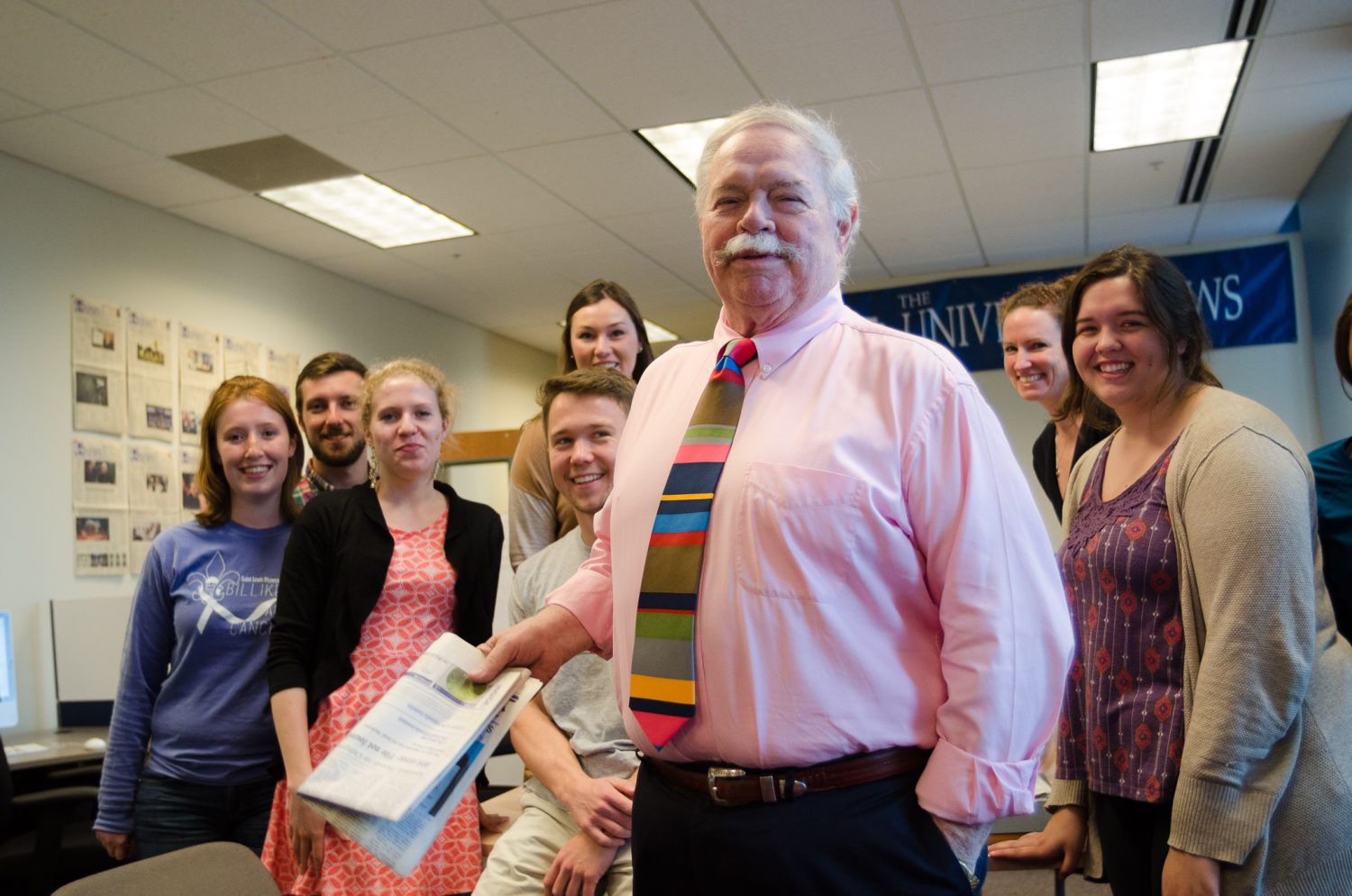It was with uneasiness that I traveled home to Cincinnati this past Thursday. Early Sunday morning, the week before, 19-year-old Timothy Thomas was shot by Cincinnati Police Officer Steve Roach. Thomas had accumulated 14 misdemeanors for such offenses as driving without a license, failing to wear a seat belt, being absent from court, and running away from police officers. On that unfortunate night, Thomas ran himself into a dead-end alley. Officer Roach found him, and thinking that Thomas was reaching for a gun, pulled the trigger on his gun. Timothy Thomas died; he was an African American; Roach is Caucasian.
The following two nights my hometown was transformed into a rioting, looting, violent melee. Stores were damaged; police officers were disrespected. Cincinnati was having its 15 minutes of infamy in the international spotlight. On Tuesday, a white woman was driving her car through a neighborhood called Avondale when a few young black men pulled her from the vehicle and beat her up. At that point, Cincinnati Mayor Charlie Luken called for a handful of overnight curfews, which cooled the emotions and frustrations of the city and began to stabilize the situation?at least for the time being.
This is all old news to us. It’s been written in the papers, reported on CNN, and discussed over talk radio. The questions surrounding the case number more than the hundreds who attended Thomas’ funeral this past Saturday. Fifteen people have been shot and killed by Cincinnati police officers since 1995. They were all African-Americans carrying with them varying degrees of “lethal” weaponry from bricks and boards to guns and knives, to being unarmed suspects such as Thomas. Surely many white suspects have committed numerous misdemeanors, tried to run from police and even carried equally dangerous weapons on their person, yet why have none of them been shot?
Most of Thomas’ 14 misdemeanors can be traced to traffic violations. I bet a number of us have forgotten to carry or renew our licenses, sped down the highway, decided not to wear our seat belts, or hastily rolled through a stop sign on one occasion or another. If racial profiling is no longer being practiced in Cincinnati, why did Thomas get pulled over so many times for such ordinary offenses?
Whether or not there is justification for Officer Roach’s decision to use lethal force, it seems that this case, like so many others, is also raising questions focused beyond the tragedy involving Timothy Thomas and Steve Roach. Does our society ignore its racist attitudes and close its eyes to prejudice? Do we recognize that the situations in other cities are equally volatile?
Understand that this unrest could besiege nearly any American city: Los Angeles, New York, Miami or St. Louis. You read correctly, St. Louis and Saint Louis University could just as easily be thrown into the rage and fury that engulfed Cincinnati last week. The similarities between the two cities are many: the 2000 Census reported Cincinnati to be the 55th most populous city in the United States, and St. Louis checked in at 50th. A study of census figures and neighborhoods by the University of Albany ranked Cincinnati the seventh-most segregated city in the nation (in terms of blacks and whites) while St. Louis was the ninth-most divided city.
Some information lies a bit closer to home: Thomas was spotted and chased on foot through an area called Over-the-Rhine. Over-the-Rhine is a very poor neighborhood that is home to many minorities and, among other historic landmarks, the Cincinnati Symphony Music Hall and a section of regentrified restaurants and bars that were ransacked by the rioters. The street in Avondale on which the motorist was beaten is only a few blocks from Xavier University, a Jesuit school not unlike SLU. Does this sound like the same neighborhood in which we study, work and live?
Is anybody seeing the picture that I am seeing? If people do not take heed, St. Louis could be the next city licking its wounds from race riots and violence. As Cincinnati learned, all it takes is one mistake, one accusation, one small spark. That spark could be a similar case involving law enforcement, or it could be any of a number of hate crimes.
Remember last November when time expired on many poor urban voters (most of whom were African Americans) standing in line outside of their St. Louis polling places? Too bad for those who did not enjoy the luxury of their own car and depended upon crowded public transportation to vote. Too bad for those who were not allowed to step out of the office for half an hour in order to go vote in the morning or afternoon. The next time something like this happens, will it be too bad for our city?
Just this year, Schnucks decided to close a number of its grocery stores in poorer urban neighborhoods. They were not making profits selling food to these people, but all is well because they offer a convenient shuttle service to another Schnucks location. Heaven forbid they make it any more difficult for urban, poor minorities to feed themselves.
And are we so comfortable in our gated country-club campus to imagine racial tensions actually affecting us at SLU? Hello! Why do people call the grocery store on Lindell “Ghetto Schnucks”? It is just a coincidence, I imagine, that it is located in an economically and racial diverse neighborhood. Has anybody else heard the ominous organ music or seen the fear in some students eyes whenever they talk about “North Grand” or “East St. Louis”? Is this mood set only by the evening news crime reports (which in and of themselves are very selective), or is something else at work here?
My point is this: The United States, whether on the coasts or plains, in the Midwest or the Deep South, in the cities or the countryside, remains a prejudiced nation.
I am not above it, nor is anybody else. The task with which we are faced as a nation, city and University is to acknowledge the judgments and classifications that we make about each other. We need to recognize that we are different people, from different backgrounds, with different cultures, interests and lifestyles. It is from this point that we can begin to move forward and loosen the chains of prejudice, hatred and ignorance which continue to hold us captive almost 150 years after slavery ended and 30 years after the civil rights movement.
To conclude with some optimism, I would like to commend just a few of the many student groups at SLU that work toward changes here on our campus. The Billiken World Fair was a great success that opened people’s eyes and lines of communication to celebrate the diverse people and cultures all around us. In recent months, the campus group Students Together Against Racial Tension (START) has been renewed and refreshed as a medium through which the University might be able to grow and engender an attitude of understanding and valuing differences. Nonetheless, the struggle for racial harmony at SLU, in Cincinnati and in the United States is far from over.
The dream has been dreamt; now action must take place to make the reality of a peaceful, just and equal America.
Pete Mosher is a sophomore majoring in physical therapy and Spanish.



